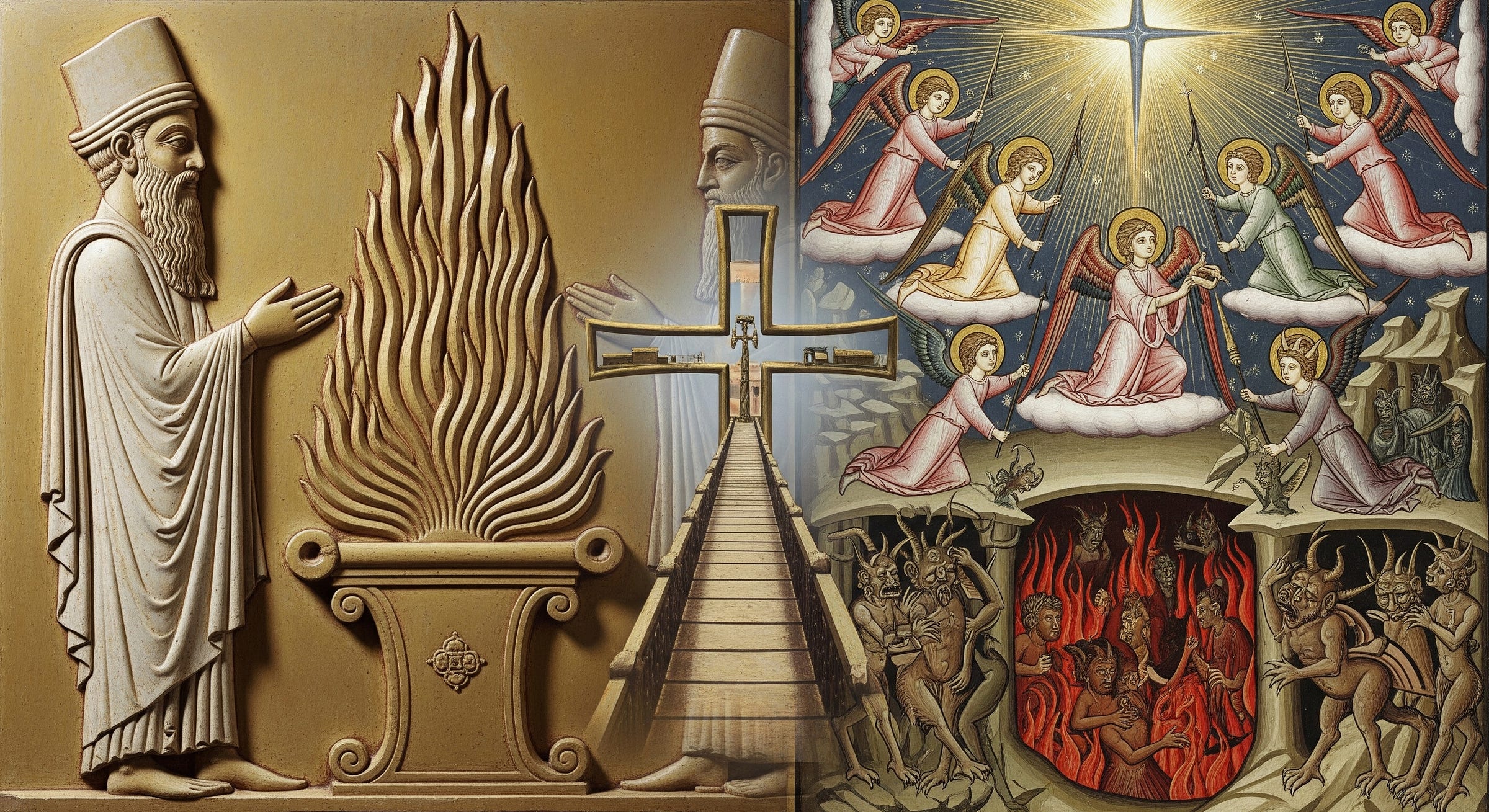How Christianity 'Stole' from Zoroastrianism
Before Jesus, there was Zoroaster — and more of your Bible than you think comes from him.

When Christians attacked Zoroastrianism in the 6th century, they weren’t confronting a strange or alien religion — they were clashing with the very faith that had already shaped their own. Long before Jesus, Zoroastrianism had la…
Keep reading with a 7-day free trial
Subscribe to The Unholy Truth to keep reading this post and get 7 days of free access to the full post archives.

